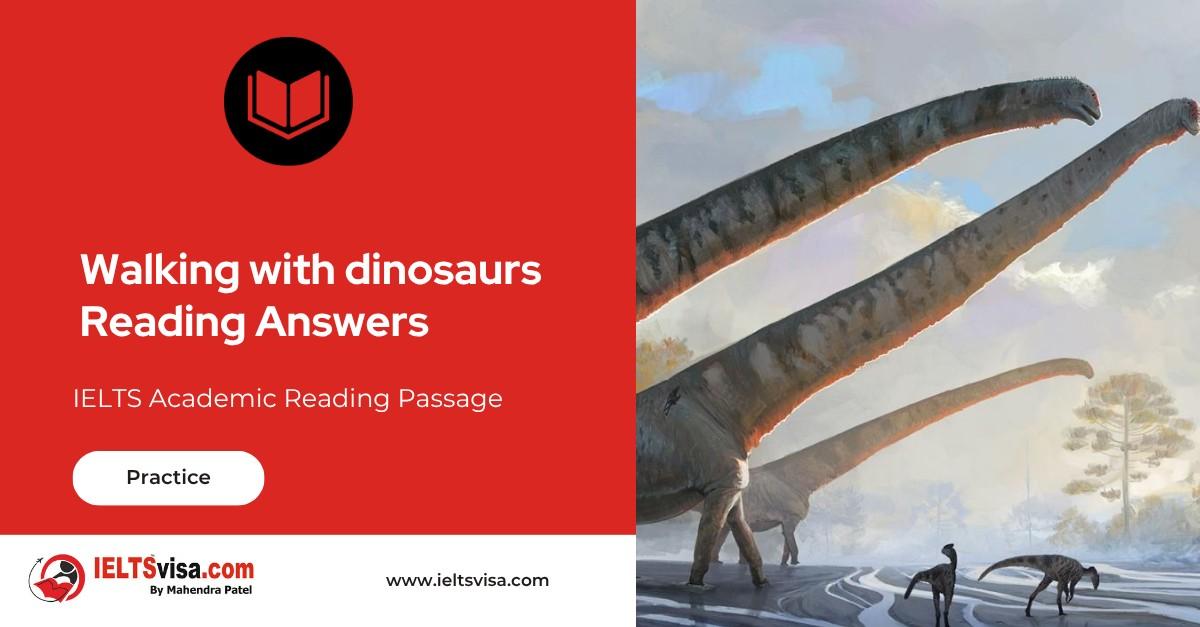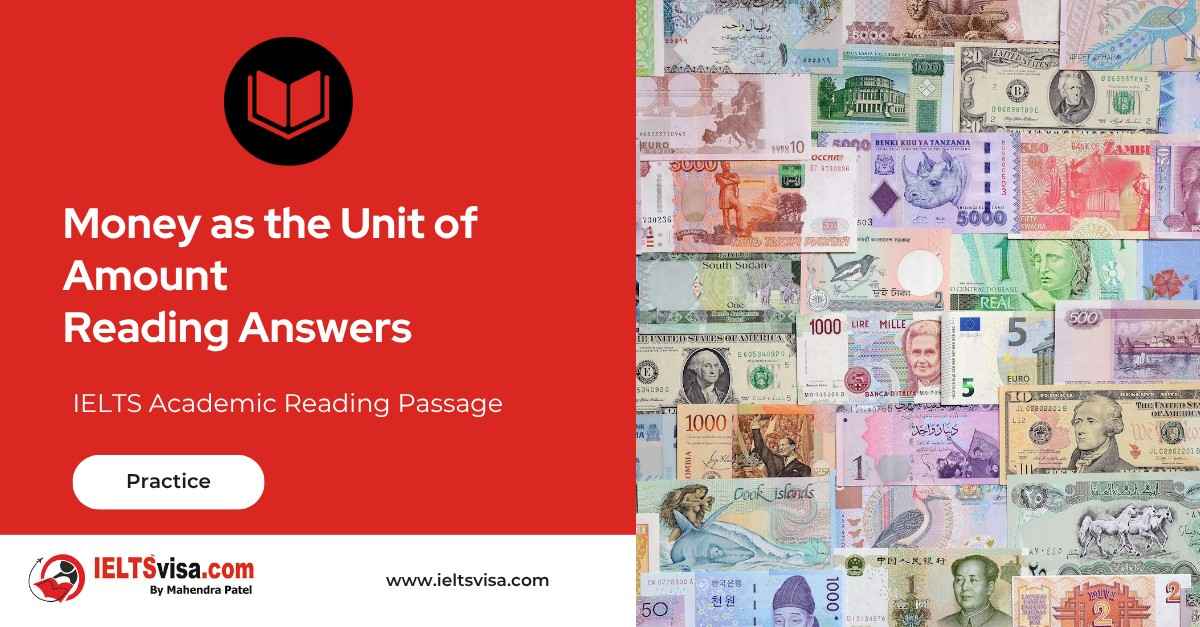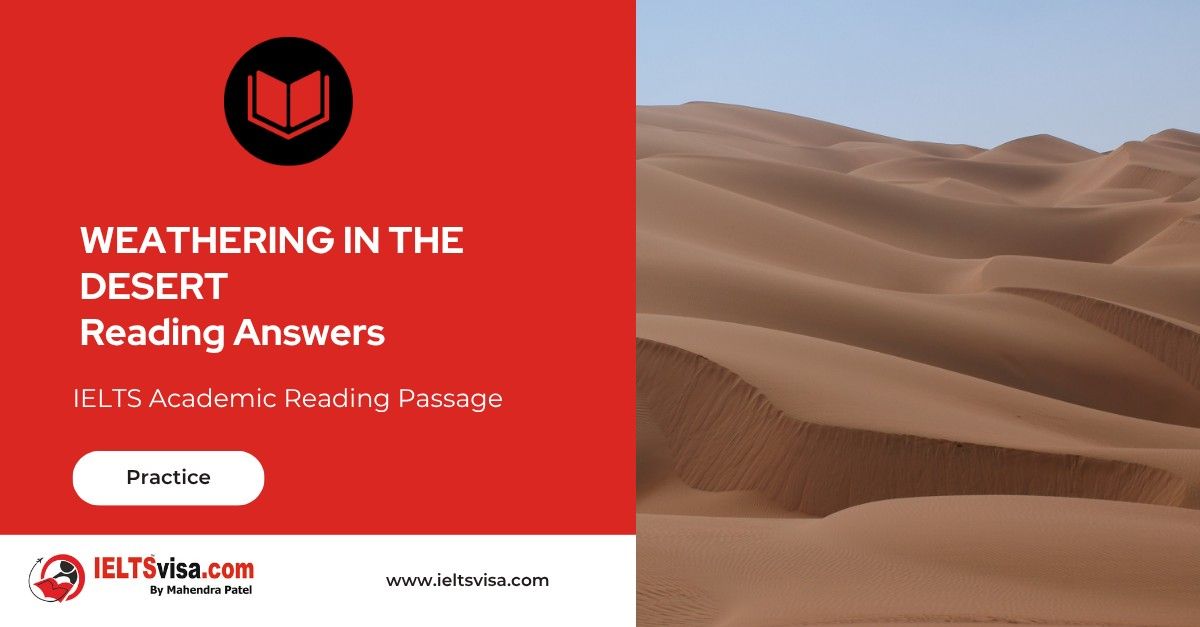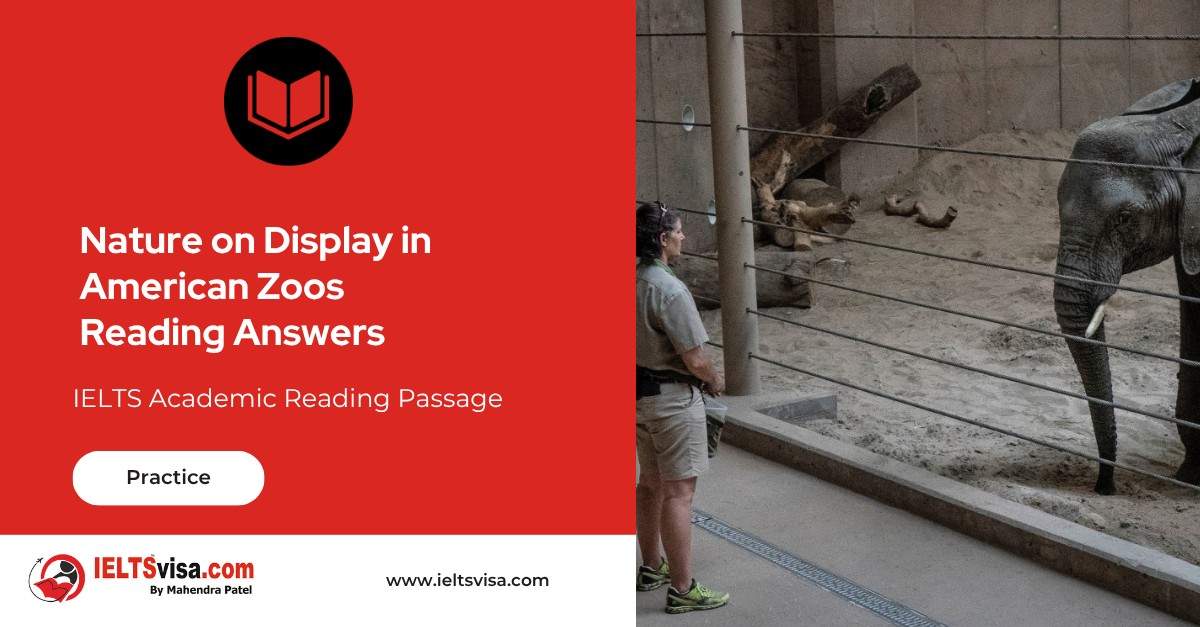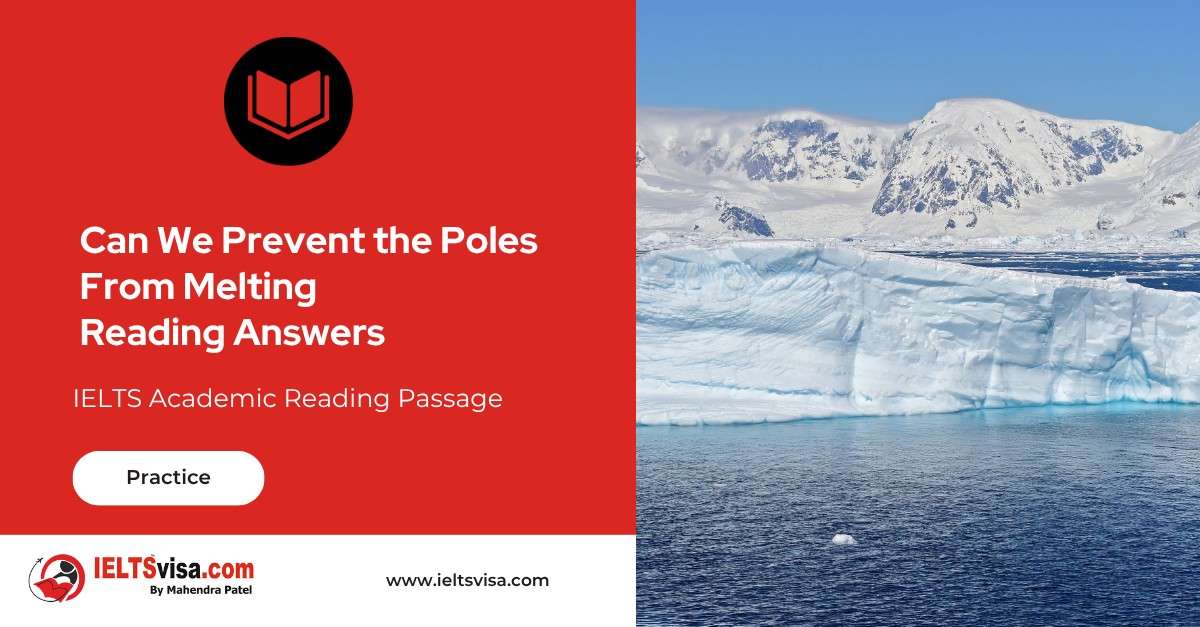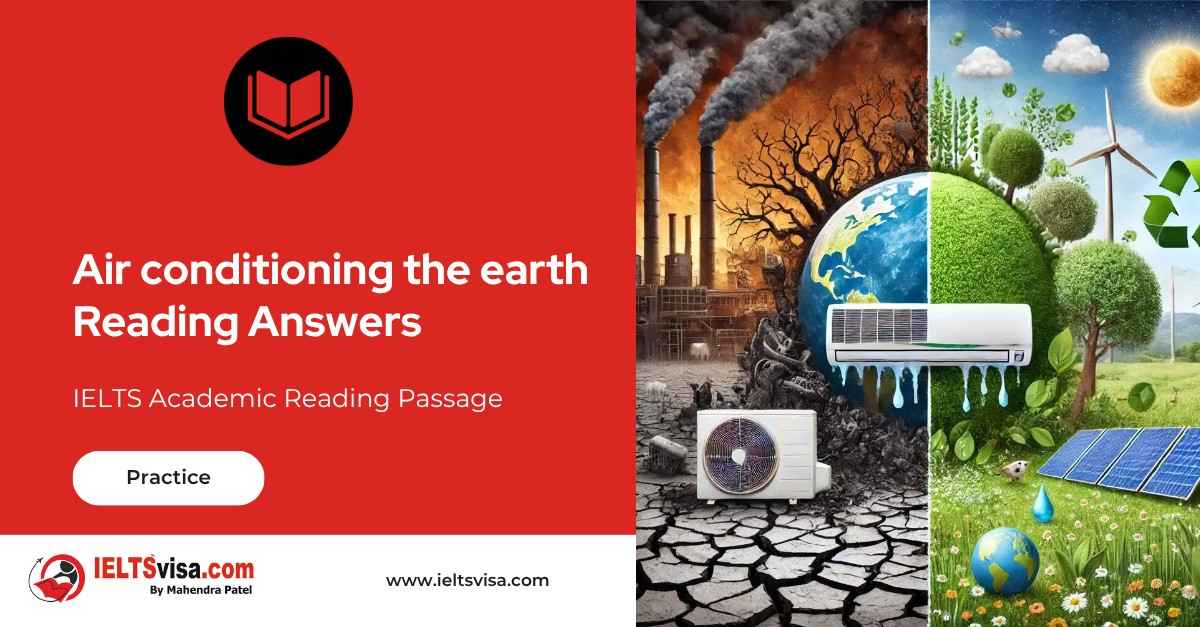Changes In International Commerce How Ethics And Fair Trade Can Make A Difference Reading Answer
IELTS Academic Reading Passage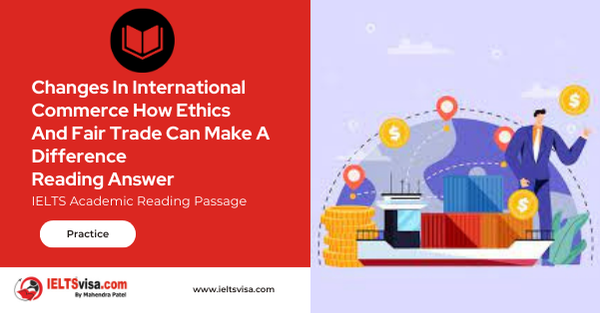
The purpose of international commerce is to buy things from and sell things to people in other countries. Hundreds, and indeed thousands, of years ago, this actually worked quite well. People who travelled to foreign lands, often by ship, would take with them items for trade. Agricultural countries would, for example, trade olive oil or wine for weapons or other worked items. All that needed to be negotiated was a fair’price’for the items. (How many axes is a barrel of oil worth, for example?) Currency did not enter into the first deals but, even when it did, few problems existed to complicate matters barring disagreements over the value of goods.
Today, fixing a fair price remains at the centre of international commerce. When we look at the deal from the point of view of the seller, market research must determine the price at which the goods will be sold. This may vary greatly from country to country and people are often surprised to see exactly the same item for sale at two or three times the price it sells for in another country.Taxation and local government controls are sometimes behind this, but often it comes down to the fact that people in poor countries simply cannot afford to pay the same amount of money as those in rich countries. These are the things a seller has to bear in mind when preparing a price list for goods in each country.
In most cases, the purpose of setting a suitable price is to sell the maximum number of units. Usually, this is the way to guarantee the biggest profit. One exception is in the selling of luxury or specialist goods. These are often goods for which there is a limited market Here, slightly different rules apply because the profit margin (the amount of money a producer makes on each item) is much higher. For instance, nearly everyone wants to own a television or a mobile phone, and there is a lot of competition in the area of production, forcing the prices to be competitive too. The producers have to sell a large number of items to make a profit because their profit margin is small. But not everyone wants to buy hand- made jewellery, or a machine for sticking labels onto bottles.This enables the producer to charge a price much higher than the cost of making the item, increasing the profit margin. But at the heart of any sale, whether they sell many items for a small profit, ora few items for a large profit the prime motivation for the producer is to make as much profit as possible.
At least, that was the case until relatively recently when, to the great surprise of many, companies started trading without profit as their main objective. Ethical trade began as an attempt to cause as little damage as possible to the producers of raw materials and manufactured goods in poor countries.This movement put pressure on the industry to see to it that working conditions and human rights were not damaged by the need for poorer people to produce goods. In short, it drew to the world’s attention the fact that many poor people were being exploited by big businesses in their drive to make more profit.
There have been many examples throughout the developing world where local producers were forced by economic pressure to supply cash crops such as tea, coffee and cotton to major industries. These people are frequently not in a position to fix their prices, and are often forced by market conditions to sell for a price too low to support the producers and their community. Worse still, while the agricultural land is given over to cash crops, it robs the local people of the ability to grow their own food. In time, through over-production, the land becomes spent and infertile, leading to poverty, starvation, and sometimes the destruction of the whole community.
Fair trade policies differ from ethical trade policies in that they take the process a stage further. Where ethical policies are designed to keep the damage to a minimum, fair trade organisations actually work to improve conditions among producers and their communities. Fair trade organisations view sustainability as a key aim. This involves implementing policies where producers are given a fair price for the goods they sell, so that they and their communities can continue to operate.
Although many big businesses are cynical about an operation that does not regard profit as a main driving force, the paradox is that it will help them too. With sustainability as their main aim, fair trade organisations not only help the poorer producers obtain a reasonable standard of living, but they also help guarantee a constant supply of raw materials. This form of sustainability benefits everyone, whether their motive is making a profit or improving the lives of the world’s poorer people.
Questions 1-5
Classify the following as being a result of A fair trade policies B ethical trade policies C a country being poor. Write the correct letter, A, B or C.
- Manufactured goods are obtainable at a lower price than
- Harm to producers of raw materials is
- Human rights are
- Land is not used to produce food for the local
The local community has more chance of
Questions 6-10
Complete the flow chart below. Use NO MORE THAN THREE WORDS from the passage for each answer.
Companies carry out 6……………….. to decide the price that their goods are sold at in each country. The prices of the same goods can vary in different countries because of 7……………….. or taxes. The 8………………. is finalised, depending on how much customers in a particular market can afford. To ensure a profit, manufacturers aim to sell the 9 of a particular item. Manufacturers can have a higher profit margin on luxury or specialist goods which often have a 10…………………
Questions 11-14
Choose the correct letter, A, B, C or D.
11. According to the writer, what might early traders have disagreed about?
A the comparative values of the goods
B which currency to use for their deal
C which items they wanted as exchange
D the quality of the goods being traded
12. What is the main consequence of a product being in demand?
A higher prices
B smaller profit margins
C fewer items being produced
D less market competition
13. How might an agricultural community be destroyed?
A because companies in richer countries steal from them
B because they ask an unrealistically high price for their produce
C because they over-use the land in order to grow cash crops
D because the crops take much too long to grow
14. The word paradox in the final paragraph refers to the fact that
A poorer people will become richer than the people who run big businesses.
B by being cynical, the big businesses have helped produce a result they do not want.
C the suppliers of raw materials will sell them to big businesses for a huge profit.
D big businesses will gain from these policies although they don’t support them.

Solution:Changes In International Commerce How Ethics And Fair Trade Can Make A Difference Reading Answer
| 1. C | 8. price list |
| 2. B | 9. maximum number |
| 3. B | 10. limited market |
| 4. C | 11. A |
| 5. A | 12. B |
| 6. (market) research | 13. C |
| 7. (local) government controls | 14. D |
Review and Practice
- Regularly practice with IELTS reading samples and time yourself to get used to the pressure of the exam.
- Review your mistakes to understand where you went wrong and how to avoid similar errors in the future.
Our Books
Master IELTS Speaking Part 1
IELTS Writing Task 1 Book
IELTS Writing Task 2 Book
Changes In International Commerce How Ethics And Fair Trade Can Make A Difference Reading Answer Explanation
Comin Soon
Practice IELTS Other Modules
IELTS Listening
The IELTS Listening test assesses how well you can understand spoken English in various contexts. It lasts about 30 minutes and is divided into four sections with a total of 40 questions. The listening tasks become increasingly difficult as the test progresses.
IELTS Academic Reading
The IELTS Academic Reading section assesses your ability to understand and interpret a variety of texts in academic settings. It is designed to evaluate a range of reading skills, including skimming for gist, reading for main ideas, reading for detail, understanding inferences, and recognizing a writer's opinions and arguments.
IELTS Speaking
The IELTS Speaking test assesses your ability to communicate in English on everyday topics. It lasts 11-14 minutes and consists of three parts: introduction, cue card, and a discussion based on the cue card topic.
IELTS General Reading
IELTS General Reading tests your ability to understand and interpret various types of texts. Here are some key areas and types of content you can expect to encounter in the reading section, along with tips for effective preparation.
IELTS Academic Writing Task 1
In IELTS Academic Writing Task 1, you are presented with a visual representation of information, such as graphs, charts, tables, or diagrams, and you are required to summarize, compare, or explain the data in your own words.
IELTS General Writing Task 1
In IELTS General Writing Task 1, you are required to write a letter based on a given situation. The letter can be formal, semi-formal, or informal, depending on the prompt. Here’s a breakdown of the key components to include in your letter
IELTS Academic Writing Task 2
In IELTS Academic Writing Task 2, you are required to write an essay in response to a question or topic. Here’s a guide to help you understand the essential elements of this task
IELTS Exam Tips
To succeed in the IELTS exam, practice regularly, familiarize yourself with the test format, improve your vocabulary, develop time management skills, and take mock tests to build confidence.
Grammer for IELTS
Grammar is the foundation of effective communication in English. Understanding tense usage, subject-verb agreement, and sentence structure enhances clarity and coherence in writing and speaking.
Vocabulary for IELTS
Vocabulary plays a crucial role in the IELTS (International English Language Testing System) exam, especially in the Speaking and Writing sections. Here’s an overview of why vocabulary is important and how it impacts your performance
RECENT IELTS SAMPLES QUESTIONS AND ANSWERS
Walking with dinosaurs
Peter L. Falkingham and his colleagues at Manchester University are developing techniques that...
Money as the Unit of Amount Reading Answers
The most difficult aspect of money to understand is its function as a unit of account. In...
WEATHERING IN THE DESERT
In the deserts, as elsewhere, rocks at the earth's surface are changed by weathering, which...
Nature on Display in American Zoos
The first zoo in the United States opened in Philadelphia in 1874, followed by the Cincinnati...
Can We Prevent the Poles From Melting
Such is our dependence on fossil fuels, and such is the volume of carbon dioxide we have...
Air conditioning the earth reading answers
The circulation of air in the atmosphere is activated by convection, the transference of heat...

